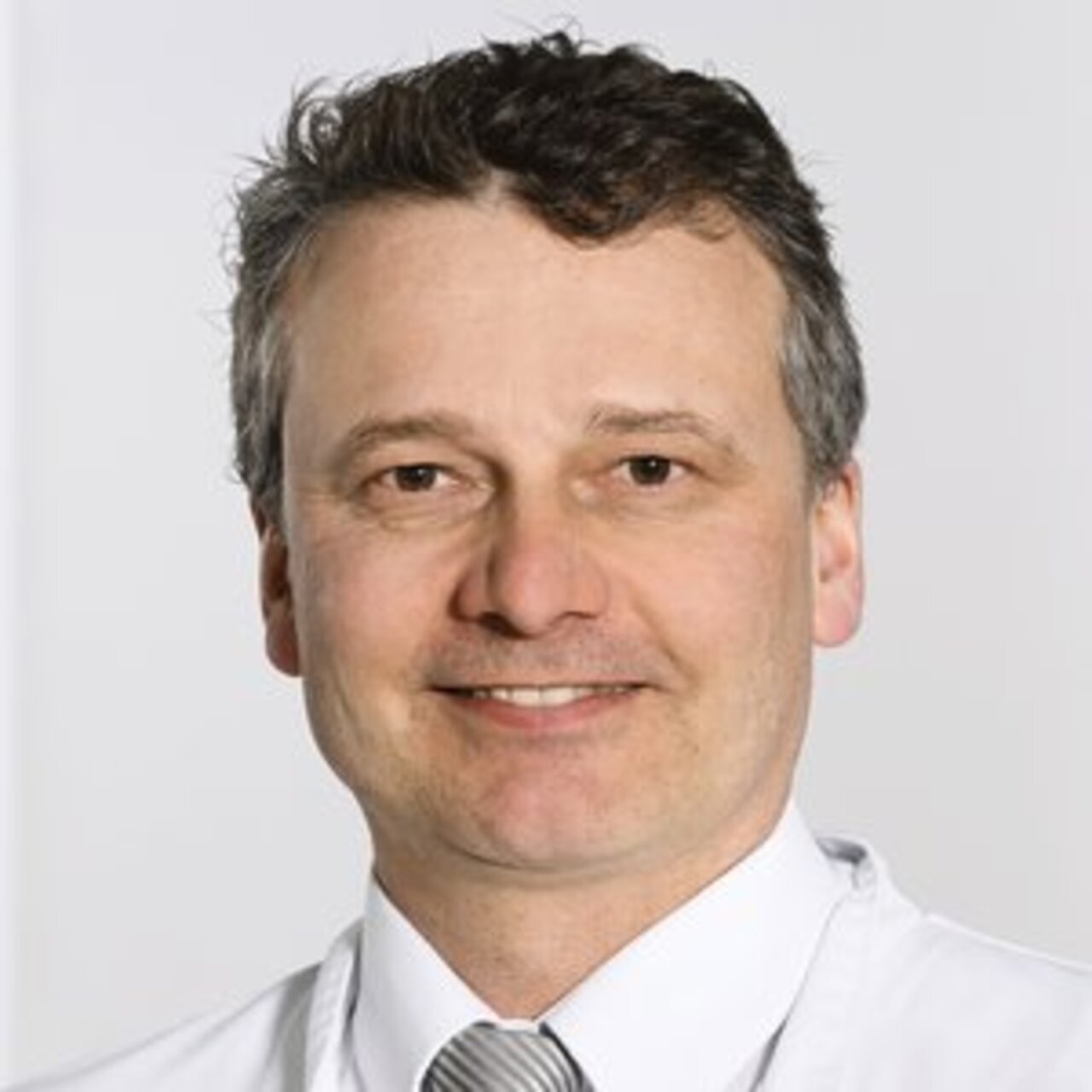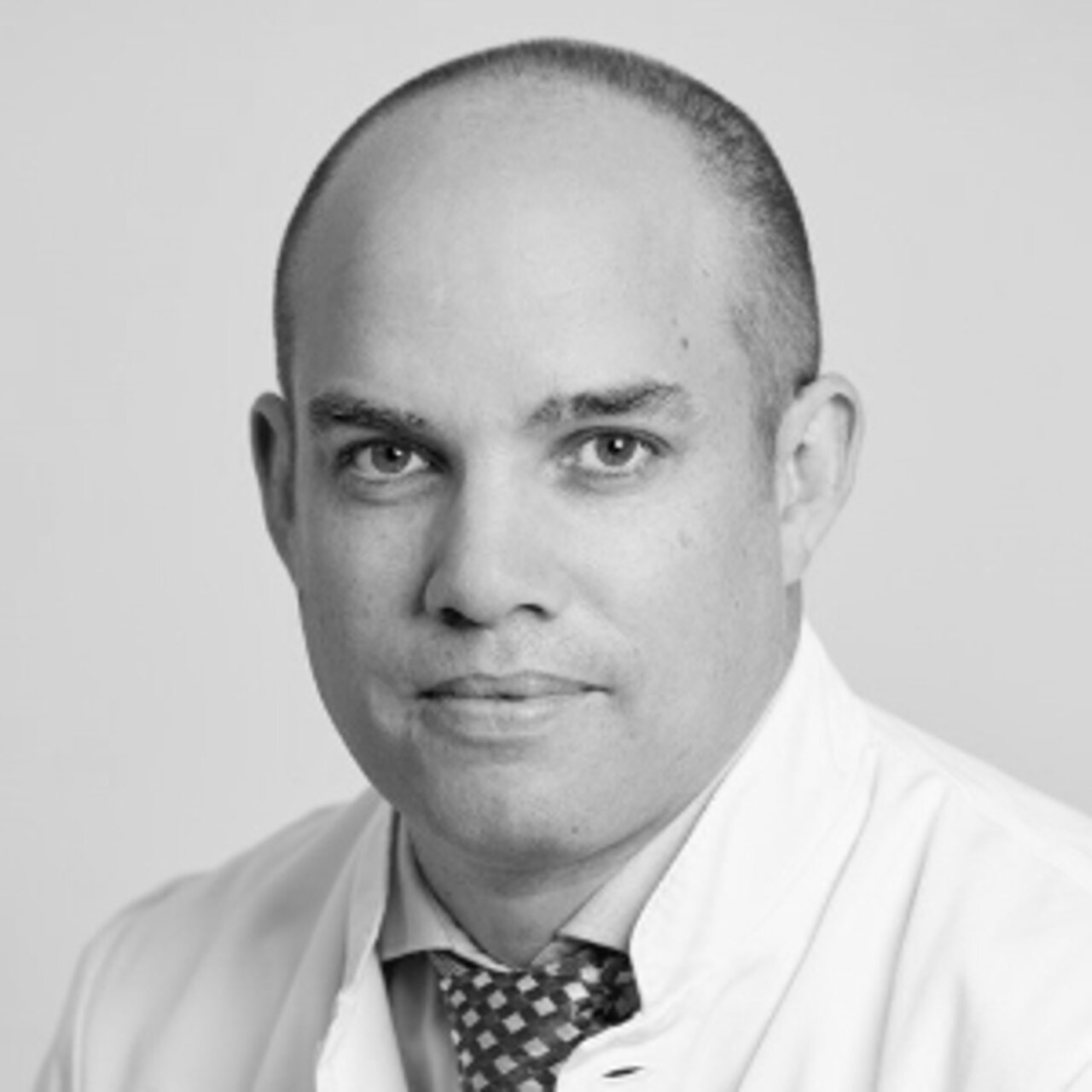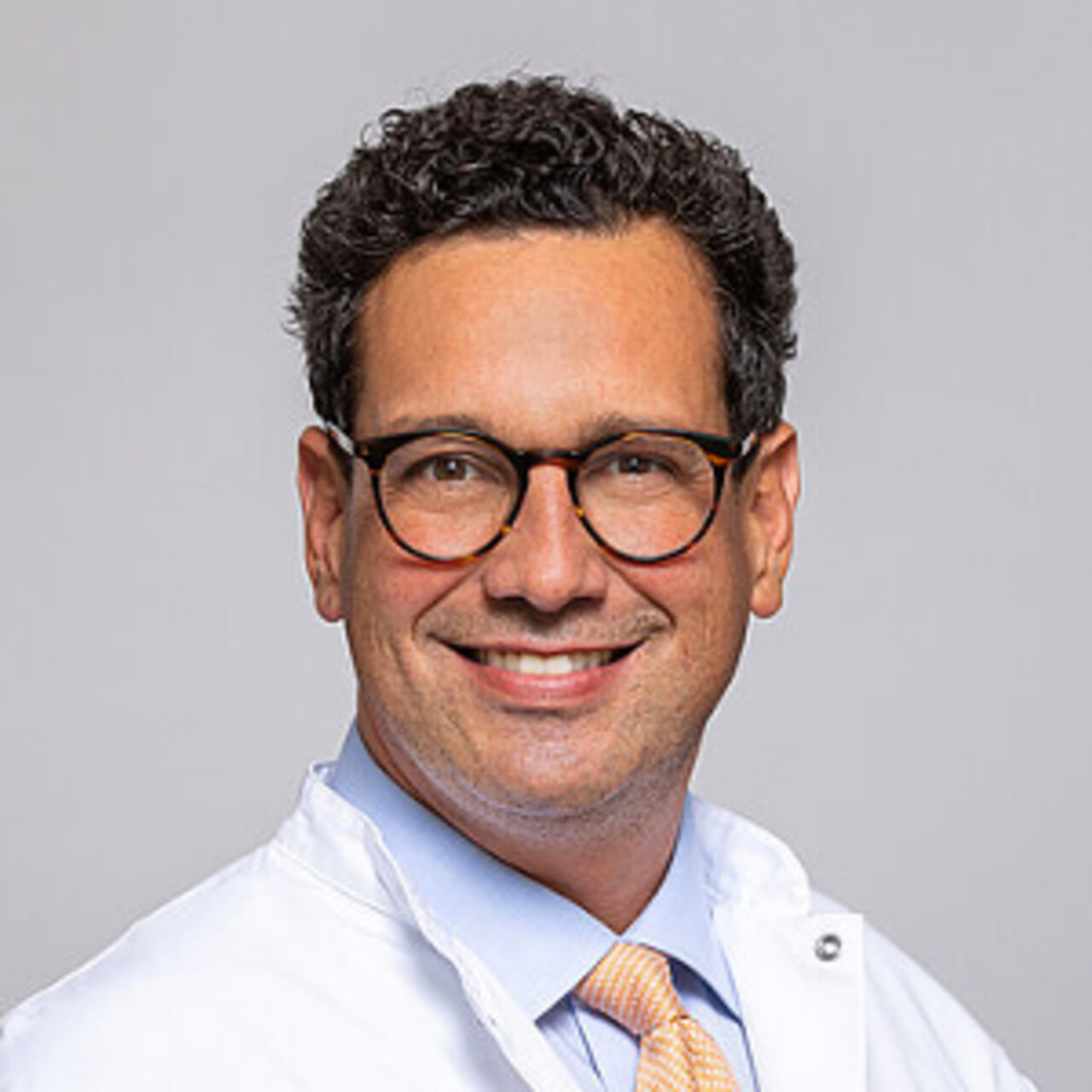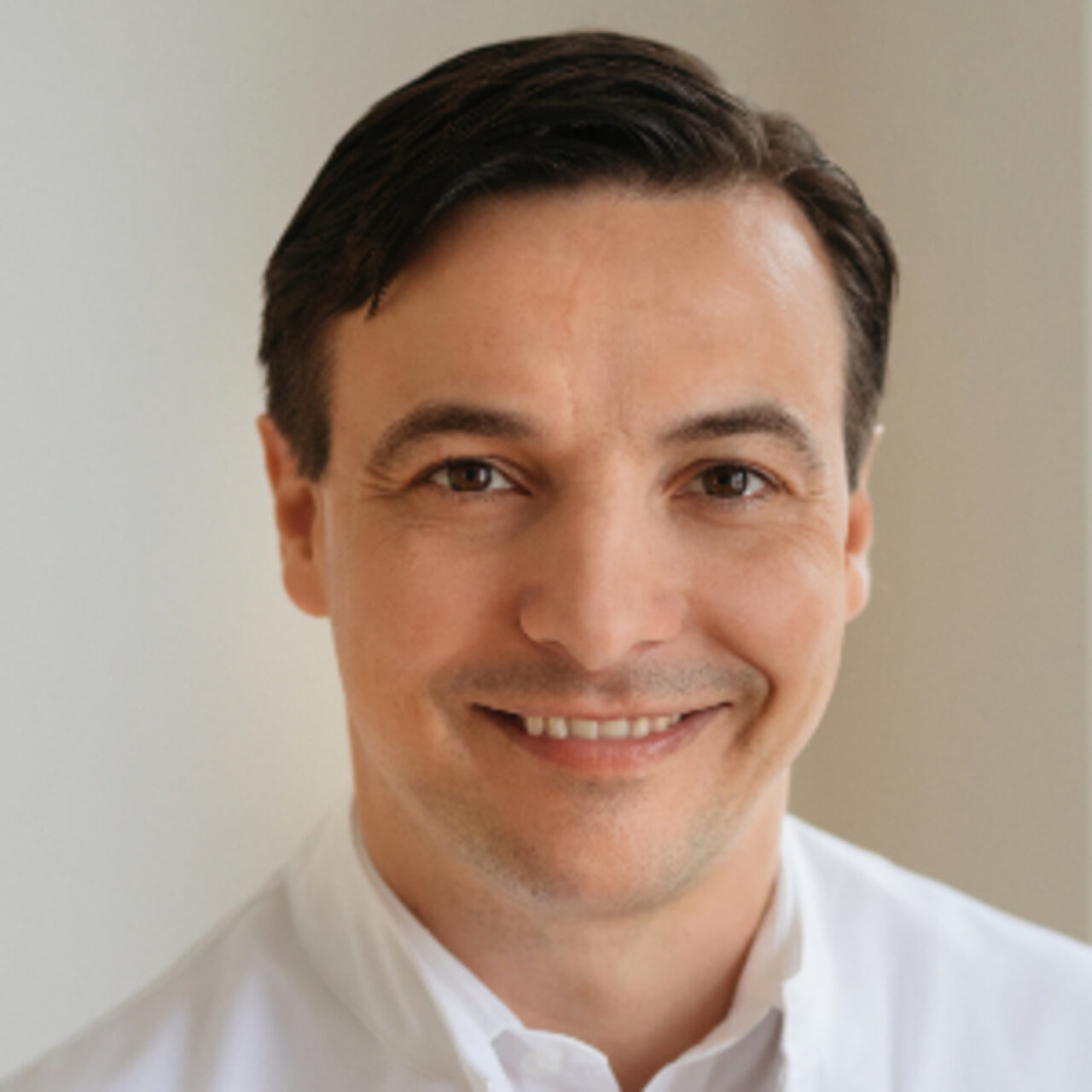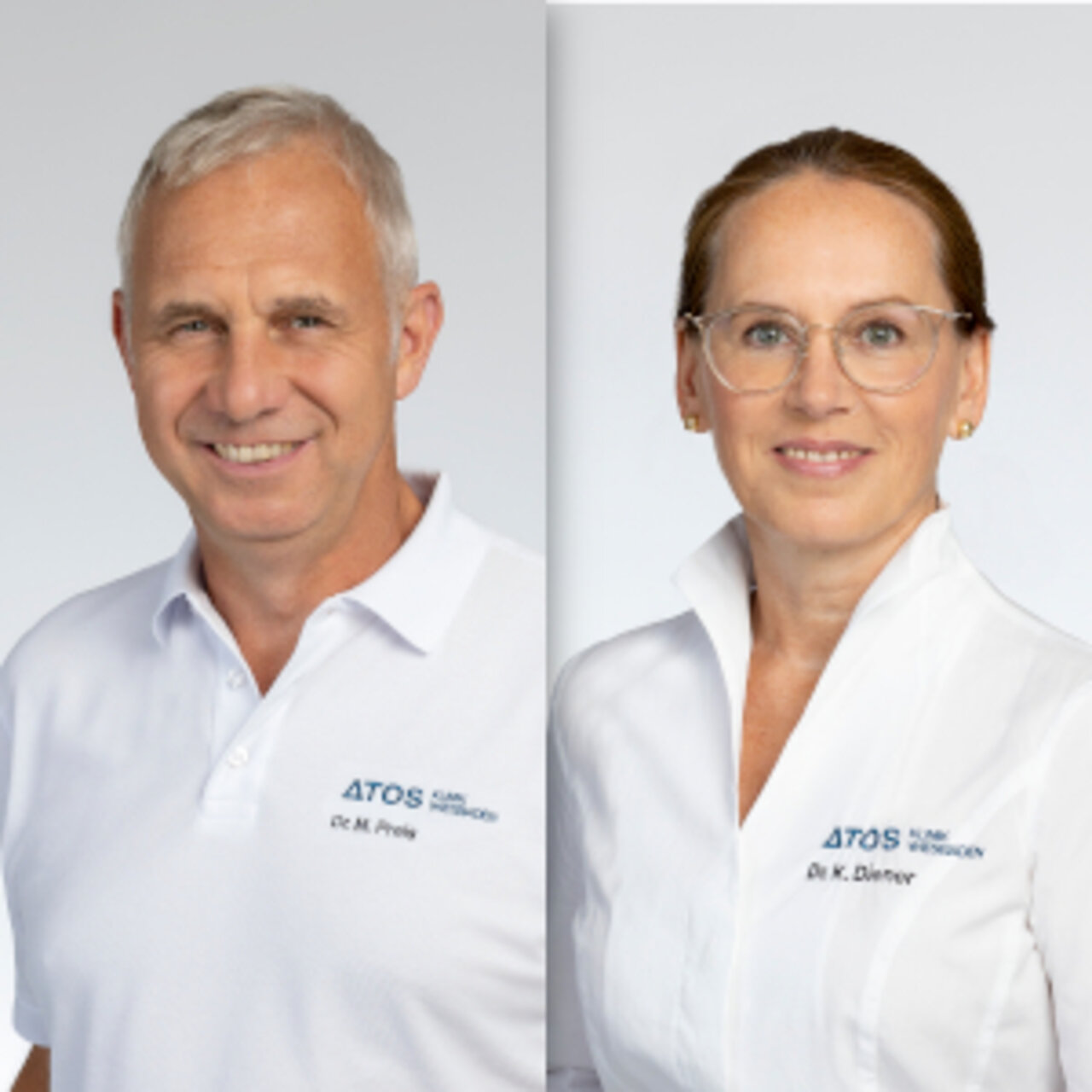Specialists in Achilles Tendon - Diseases, Therapy & Specialists
11 Specialists found
Information About the Field of Achilles Tendon - Diseases, Therapy & Specialists
Information on the Achilles Tendon
Men between the ages of 30-50 are frequently affected. In addition, the previous condition of the Achilles tendon often plays a role, which can be worsened, for example, by age-related or other signs of wear and tear, and cortisone therapy.
Diseases of the Achilles tendon can be treated conservatively and with surgery, and both therapeutic approaches have advantages and disadvantages. The specialists consider various factors such as age, sporting activity, or the patient's state of health and ultimately lead to the proper choice.
Anatomy and Functions of the Achilles Tendon
The Achilles tendon is the largest and strongest tendon in the human body. It joins the calf muscles and forms their bony attachment point at the heel bone. Thus, the Achilles tendon transmits the full muscular power of the calf muscles to the heel and hindfoot and ensures the plantar flexion of the foot. This shortens the calf muscles, pulls the Achilles tendon and heel bone upwards accordingly, and consequently results in a push-off forefoot movement towards the ground.
This function plays a role in many movements, especially push-off during walking or running. During athletic activity, great forces act on the Achilles tendon, which can often exceed its body weight.
Causes of Achilles Tendon Pain
Pain in the Achilles tendon can have various causes. Athletes, especially ambitious runners, often experience so-called Achillodynia, a collective medical term for painful Achilles tendon problems. In this case, overload causes pain in the Achilles tendon, especially 2-6 cm above the attachment point on the heel bone. The reason for this is irritation of the Achilles tendon, which can progress to inflammation and even structural damage to the tendon.
In particular, the tendon attachment at the calcaneus is often the trigger for pain. In addition to an inflamed bursa, a bony heel spur can also cause pain.
Structural damage to the Achilles tendon, such as tears, sometimes leads to severe pain. This can be acute or chronic, as is usually the case with sports injuries.
Common Problems and Diseases of the Achilles Tendon
Achilles Tendon Irritation
Achilles tendon irritation results from mechanical stress and is noticeable through persistent pain and restricted movement function. The symptoms usually start insidiously and progress slowly. Consequently, the start of treatment can be delayed. The cause is typically an interaction of several factors, with mechanical overload in the sense of overtraining, lack of regeneration, sudden start of training, or physical malposition being of central importance.
Poor footwear and muscular imbalances such as muscle shortening can also be triggers. Other individual risk factors include obesity, advanced age, pre-existing conditions such as diabetes, or running in the family. Gender also plays a role, with boys being more affected in adolescence and women predominantly affected in adulthood.
In addition to pain due to strain, symptoms include pressure pain and possibly overheating or swelling. Due to pathological changes in the tendon tissue, the range of motion decreases, and the tendon is limited in function.
Achilles Tendonitis
The transition from irritation to Achilles tendonitis is often not demarcated. It is not an infectious inflammation caused by germs but a germ-free inflammatory change of the tendon tissue and the surrounding tissue.
An inflamed bursa often leads to pain and restricted movement. In addition to overstraining during sports, this can also be caused by a so-called Haglund's exostosis. This is a bony outgrowth of the calcaneus at the tendon attachment. Irritating footwear can put additional stress on the bursa.
The tendon fibers or surrounding tissue can wear out due to poor circulation and athletic overuse. The result is initially a painful restriction of movement with swelling and, in some cases, overheating the tendon area.
If the pathological process progresses, the fibers in the tendon center take structural damage. Sometimes a rubbing sound can be detected during the physical examination, which is referred to as paratenonitis crepitans. Rheumatic changes or gout can also be inflammatory causes and should be clarified accordingly.
Achilles Tendon Rupture
A rupture of the Achilles tendon occurs in most cases in active sports patients. Statistically, it most often affects men between 30 and 50, whose Achilles tendon is often pre-damaged and thus weakened. In addition to age-related signs of wear and tear and poor fitness, specific treatments, such as therapeutic injections of cortisone or the administration of certain antibiotics, can also have a negative effect on the tendon.
Particularly in patients of advanced age, previous damage to the tendon must be assumed in the event of a rupture. Most frequently, the Achilles tendon ruptures completely, but less frequently, it can also tear partially or with the bony attachment. In acute tendon ruptures, the patient usually hears a popping sound followed by severe, rapid onset of pain.
There continues to be a massive loss of strength, meaning the patients can no longer stand on their toes or push off with their feet. Nevertheless, slight plantar flexion may be possible due to the compensatory function of other weaker flexors that remain uninjured. As a result, the heel area is swelling with sometimes severe bruising and often palpable tissue damage along the Achilles tendon.
Achilles Tendon Diagnostics
Diseases of the Achilles tendon are primarily detected by physical examination and careful medical history with, if necessary, the exact course of the accident. Many diseases such as Achilles tendon rupture can be diagnosed with a relatively high degree of accuracy. However, further diagnostic tests such as imaging procedures are essential in most cases.
An ultrasound examination can be performed quickly, is comfortable for patients, and provides information on the extent of the injury, for example, in the case of a tear or wear-related tendon changes. X-ray examinations are usually carried out when Haglund's exostoses, bony avulsions, or concomitant fractures are suspected to be associated with accidents. CT and MRI examinations are necessary for specific issues, such as soft tissue damage or chronic progression.
Therapy of the Achilles Tendon
The choice of the right therapy depends not only on the type of Achilles tendon disease but also on other factors that vary from patient to patient. Of central importance for patients is, of course, the decision of whether surgery is necessary or not.
Conservative Treatment
Most Achilles tendon problems are initially treated conservatively. This includes irritation or inflammatory changes. In the acute phase, local cooling and immediate relief of the Achilles tendon should usually be initiated, although the tendon should not be wholly immobilized to prevent tissue breakdown. Pain-relieving medications can also be taken in the short term.
Another conservative option is the injection of cortisone and local anesthetics, which are injected only into the surrounding tissue and not directly into the tendon. This achieves relief from inflammation and pain. In the further course, the load should be adjusted, and activities that worsen the symptoms should be avoided.
In the later course, physiotherapy can be prescribed by the physician, which aims at carefully training the affected muscle group. Shock wave therapy also promises good results for specific conditions.
Achilles tendon ruptures can also be treated conservatively, especially in older patients with an increased risk profile for surgery and inactive patients with lower athletic demands. In this case, the heel region should be cooled, rested, and elevated, and, in addition, the pain should be controlled with medication. The correct cast must be applied for up to 12 weeks to immobilize the foot. Initially, a pointed foot position (flexion of the foot) should be achieved, and after some time, the cast is usually adjusted to a neutral position. Equally important is complete load relief of the foot for about 4 weeks.
Achilles Tendon Surgery
Surgery is considered for most conditions only if conservative therapy is unsuccessful and leads to patient frustration. Haglund's exostosis, for example, can be surgically removed if treatment is unsuccessful. In this case, the Achilles tendon is divided longitudinally via a small skin incision, the bony outgrowth is removed, and the attachment is smoothed. The tendon and skin are then sutured together again.
The primary surgical treatment for Achilles tendon rupture is for young, healthy, and athletically active patients in particular. Due to the acute structural damage, surgery is indicated immediately in most cases. Open or percutaneous tendon sutures can be used.
In the case of open suturing, a larger skin incision is made along the course of the tendon, and the tendon tissue is exposed. After wound cleansing and removing necrotic scar tissue, the ends of the tear are brought together and fixed to each other with a unique suture technique using particularly resistant sutures.
The percutaneous technique requires only several small skin incisions and is gentler on the tissue. Although this results in faster healing without complications, not all Achilles tendon ruptures can be treated this way. The basic idea of the technique is to place special guiding instruments along with the tendon stumps through small skin incisions.
Stable sutures are placed directly through the skin and the tendon at the correct position using the guide instruments. After knotting, the tendon ends are stable to each other, and the wound can be closed. Regardless of the surgical technique, the foot must be immobilized in a unique cast for up to 6 weeks.
Rehab and Prognosis
It is essential to take Achilles tendon irritation seriously and ensure early treatment. Only then the treatment promises good results. However, if this is not done, the condition threatens to become chronic, thereby structurally weakening tissue and, in the worst case, progressing to an Achilles tendon rupture.
After surgical treatment of an Achilles tendon rupture, rehabilitation should initially be delayed. Immobilization ensures that the tendon ends grow as well as possible and are not stretched during this sensitive period. Subsequently, consistent physiotherapy, among other things, is used to mobilize and strengthen the calf muscles and Achilles tendon. After about 4 months, normal activities can be fully resumed.
With early and, in the best case, surgical treatment, the prognosis for Achilles tendon ruptures looks excellent. Usually, the wound heals well, and the tendon can be fully loaded again after rehabilitation. Nevertheless, complications such as wound healing, circulatory problems, and associated re-ruptures can occur. Excessive scarring is also possible, leading to a reduction in range of motion.
Which Doctors and Clinics Are Specialized in Achilles Tendon?
Orthopedic and trauma surgery specialists should be consulted to ensure the best therapeutic outcome. Foot and ankle surgeons are the specialists of choice when the conditions require surgery.
Sources:
https://www.amboss.com/de/wissen/Tendinopathie/
Cotta, H. (n.d.). Orthopädie (Vol. 4). Thieme.

